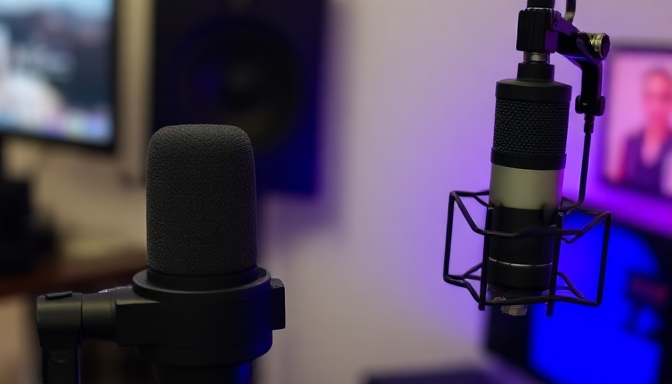
Microphones and Recording Equipment: Finding the Right Tools
Your voice is your power, and to capture it authentically, you'll need the right microphone. Don't worry; you don't need to break the bank to get started. A simple USB microphone is a fantastic entry point. Brands like Blue Yeti or Audio-Technica offer reliable options that plug directly into your computer, making setup a breeze.
Beyond the microphone, consider headphones for monitoring your audio. Closed-back headphones are ideal because they prevent sound from leaking into the microphone during recording. This ensures a cleaner, more professional sound for your listeners. As you grow, you can explore audio interfaces for better sound quality and more input options, but for now, keep it simple and focused.